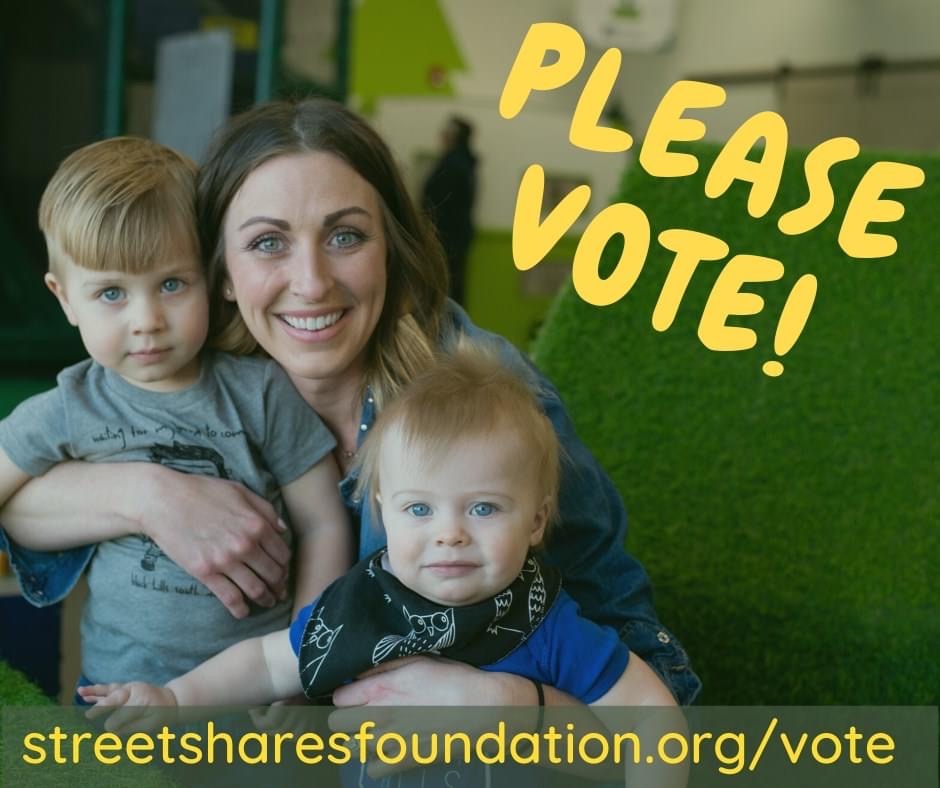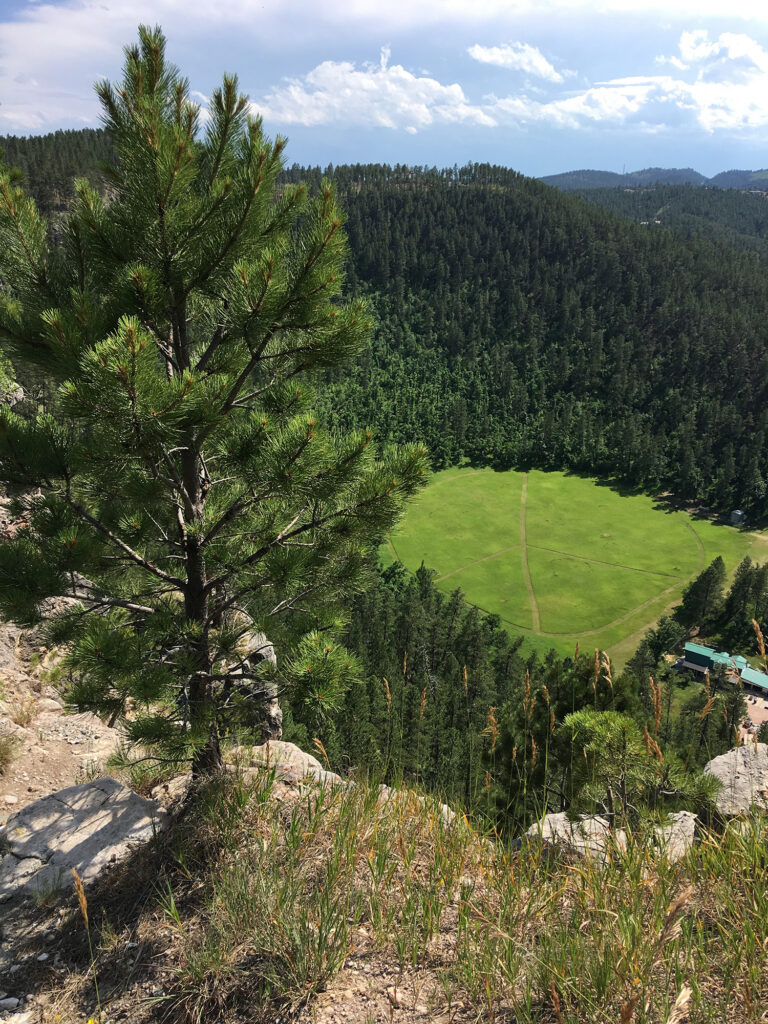Greg Whitlock, Secretary
U.S. Secretary of Agriculture Sonny Perdue announced the Coronavirus Food Assistance Program (CFAP). This new U.S. Department of Agriculture (USDA) program will take several actions to assist farmers, ranchers, and consumers in response to the COVID-19 national emergency.
President Trump directed USDA to craft this $19 billion immediate relief program to provide critical support to our farmers and ranchers, maintain the integrity of our food supply chain, and ensure every American continues to receive and have access to the food they need.
“During this time of national crisis, President Trump and USDA are standing with our farmers, ranchers, and all citizens to make sure they are taken care of,” Secretary Perdue said.
“The American food supply chain had to adapt, and it remains safe, secure, and strong, and we all know that starts with America’s farmers and ranchers. This program will not only provide immediate relief for our farmers and ranchers, but it will also allow for the purchase and distribution of our agricultural abundance to help our fellow Americans in need.”
CFAP will use the funding and authorities provided in the Coronavirus Aid, Relief, and Economic Security Act (CARES), the Families First Coronavirus Response Act (FFCRA), and other USDA existing authorities. The program includes two major elements to achieve these goals.
Direct Support to Farmers and Ranchers: The program will provide $16 billion in direct support based on actual losses for agricultural producers where prices and market supply chains have been impacted and will assist producers with additional adjustment and marketing costs resulting from lost demand and short-term oversupply for the 2020 marketing year caused by COVID-19.
USDA Purchase and Distribution: USDA will partner with regional and local distributors, whose workforce has been significantly impacted by the closure of many restaurants, hotels, and other food service entities, to purchase $3 billion in fresh produce, dairy, and meat. We will begin with the procurement of an estimated $100 million per month in fresh fruits and vegetables, $100 million per month in a variety of dairy products, and $100 million per month in meat products.
The distributors and wholesalers will then provide a pre-approved box of fresh produce, dairy, and meat products to food banks, community and faith based organizations, and other non-profits serving Americans in need.
On top of these targeted programs USDA will utilize other available funding sources to purchase and distribute food to those in need.
USDA has up to an additional $873.3 million available in Section 32 funding to purchase a variety of agricultural products for distribution to food banks. The use of these funds will be determined by industry requests, USDA agricultural market analysis, and food bank needs.
The FFCRA and CARES Act provided an at least $850 million for food bank administrative costs and USDA food purchases, of which a minimum of $600 million will be designated for food purchases. The use of these funds will be determined by food bank need and product availability.
Further details regarding eligibility, rates, and other implementation will be released at a later date.
Additional Background:
USDA has taken action during the COVID-19 national emergency to make sure children and families are fed during a time of school closures and job losses, as well as increase flexibilities and extensions in USDA’s farm programs to ensure the U.S. food supply chain remains safe and secure.
Feeding Kids and Families
USDA expanded flexibilities and waivers in all 50 states and territories to ensure kids and families who need food can get it during this national emergency.
USDA is partnering with the Baylor Collaborative on Hunger and Poverty, McLane Global, PepsiCo, and others to deliver more than 1,000,000 meals a week to students in a limited number of rural schools closed due to COVID-19.
USDA authorized Pandemic EBT in Michigan and Rhode Island, a supplemental food purchasing benefit to current SNAP participants and as a new EBT benefit to other eligible households to offset the cost of meals that would have otherwise been consumed at school.
USDA expanded an innovative SNAP online grocery purchase pilot program in Arizona and California, Florida and Idaho, and DC and North Carolina, in addition to Alabama, Iowa, Nebraska, New York, Oregon and Washington.
Actions to Ensure a Strong Food Supply Chain
USDA is working to ensure the food supply remains safe and secure.
USDA announced flexibilities to ensure food distribution for certain food products like dairy and eggs reach retail settings.
USDA announced farm loan flexibilities, deferrals, and maturity extensions.
Whole of Government Response in Rural America
USDA released The COVID-19 Federal Rural Resource Guide, a first-of-its-kind resource for rural leaders looking for federal funding and partnership opportunities to help address this pandemic.
USDA opened a second application window (April 14, 2020 to July 13, 2020) for $72 million of funding under the Distance Learning and Telemedicine (DLT) grant program.
USDA Rural Development lenders may offer 180-day loan payment deferrals without prior agency approval for Business and Industry Loan Guarantees, Rural Energy for America Program Loan Guarantees, Community Facilities Loan Guarantees, and Water and Waste Disposal Loan Guarantees.
USDA will use the $100 million provided for the ReConnect Program in the CARES Act to invest in qualified 100 percent grant projects.



